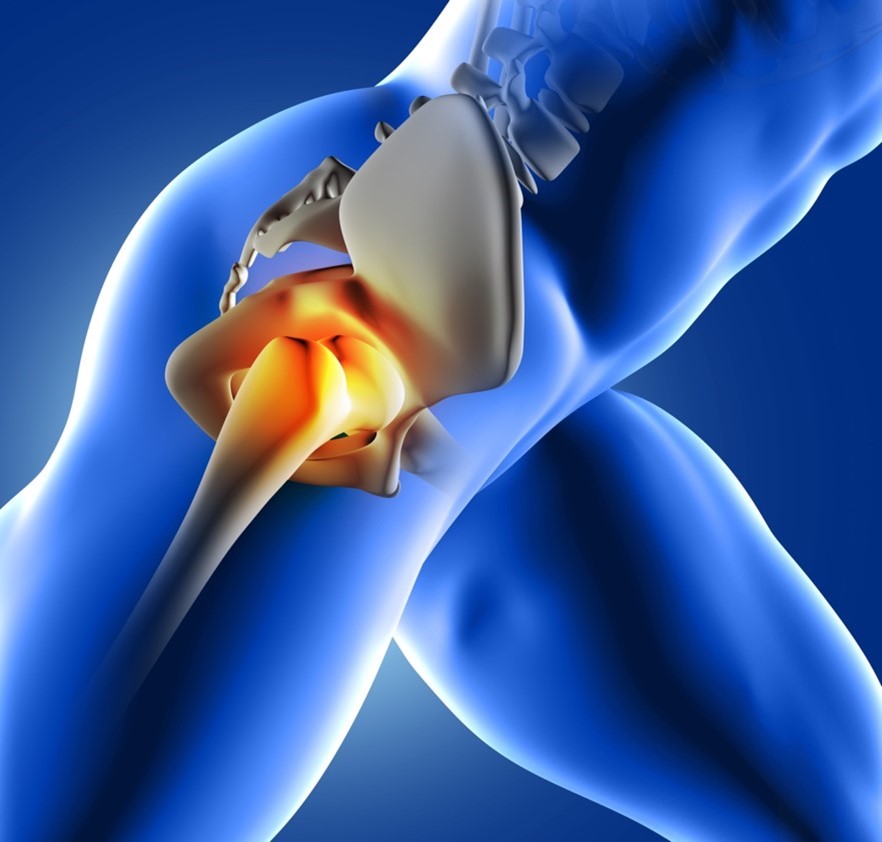Hip pain can be a significant hindrance in daily life, affecting everything from walking to simply sitting down. For those suffering from certain hip conditions, hip arthroscopy has emerged as a minimally invasive surgical solution.
This blog provides a straightforward guide to understanding hip arthroscopy, its benefits, and what patients can expect.
Understanding Hip Arthroscopy
Hip arthroscopy is a surgical procedure that allows doctors to view and treat problems inside the hip joint through small incisions, using a camera called an arthroscope. This approach is less invasive compared to traditional open surgery, leading to quicker recovery times and less post-operative pain.
When is Hip Arthroscopy Recommended?
Doctors may suggest hip arthroscopy for several conditions:
- Labral tears: damage to the cartilage surrounding the hip joint.
- Femoroacetabular impingement (FAI): abnormal hip joint shape causing pain and limited movement.
- Synovitis: inflammation of the tissues surrounding the joint.
- Loose bodies: small pieces of bone or cartilage within the joint space.
The Procedure: What to Expect
- Preparation: includes a physical examination and imaging tests like mri or x-rays.
- Surgery: performed under general anesthesia; involves making small incisions and inserting the arthroscope to diagnose and treat the hip problem.
- Duration: generally takes 1-2 hours.
Recovery and Rehabilitation
Recovery from hip arthroscopy involves:
- Rest: Initial few days post-surgery.
- Physical Therapy: Essential for restoring strength and mobility.
- Follow-up: Regular check-ups to monitor progress.
Patients typically return to normal activities within a few weeks but may take a few months for complete recovery.
Benefits of Hip Arthroscopy
- Less invasive: smaller incisions mean less tissue damage and scarring.
- Quicker recovery: faster return to daily activities.
- Reduced pain: less postoperative discomfort.
- Improved mobility: restores movement and functionality of the hip.
Risks and Considerations
- Like all surgeries, hip arthroscopy carries risks such as infection, nerve damage, and blood clots.
- However, these are rare, and the overall success rate is high.
In conclusion, hip arthroscopy stands as a beacon of hope for those struggling with hip pain, offering a less invasive approach with a quicker recovery. It's a testament to the advancements in orthopedic surgery, providing effective relief and improving the quality of life.


